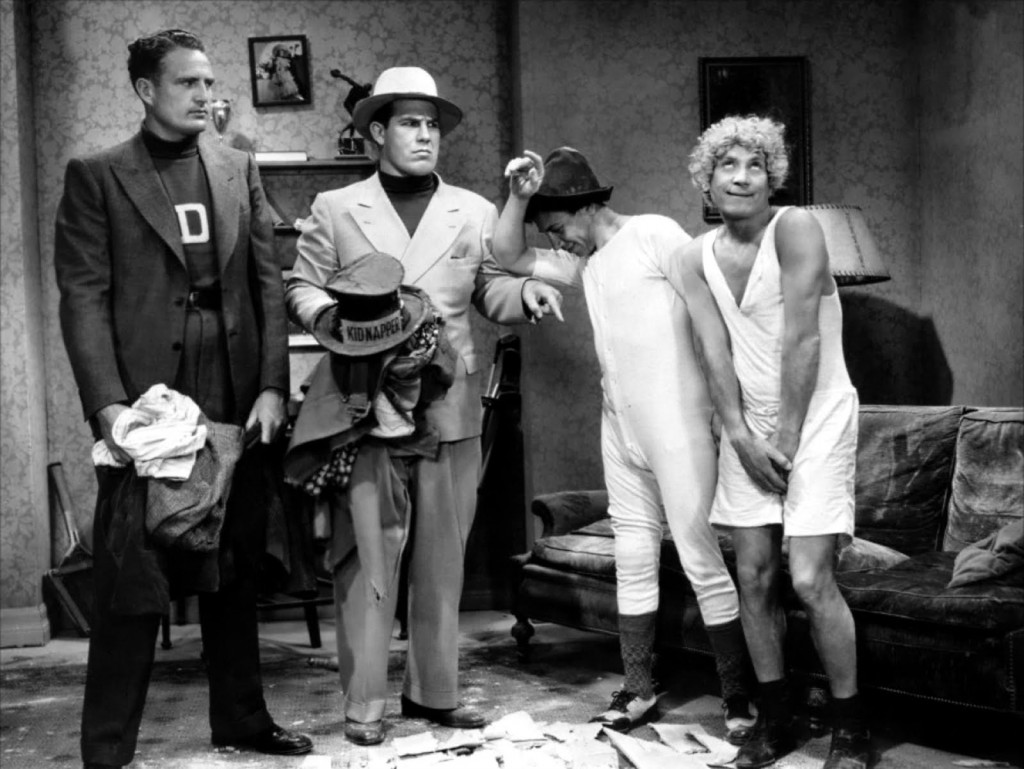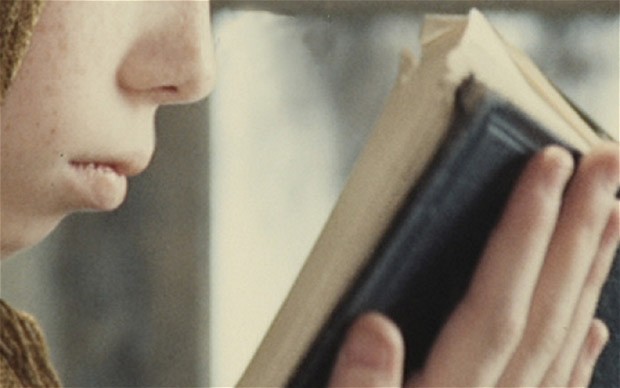Review of Houses, New and Selected Poems by Don Barkin
Are there consolations of aging in place? For New Haven poet Don Barkin, poetry lends a kind of formal ascendancy over the quotidian feelings and everyday events that make up a life. In his earlier volume, That Dark Lake, Barkin earned respect as a patient observer able to make music of the unspectacular, as he does here with the “flaking stucco wall of Magruder’s Service Station.” There are poems that find their apt subject in a ruined swimming pool or getting stuck in the snow; others that let a gentle symbolism creep into a deft image, as in “The Persistent”’s description of a swimmer who disappears “for a frightening while” only to reappear on a rock “so far away / he seems almost to be standing on air.”
In Houses, his new and selected poems published by Antrim House with a handsome cover painting by Peter Van Dyck, Barkin’s eye for the detail that inspires a poetic reflection remains, but his concerns have expanded somewhat. There are several poems that make gestures to that old poetic procedure of justifying the ways of God to man; poems such as “He Plays No Favorites” and “Erratum to an Elegy for a Doomed Youth” take a certain satisfaction in deeming the almighty to be rather indifferent and only looking for amusement: “slowly you start to realize / that God must surprise himself, or no dice.” I like the way that often a key line in Barkin’s poems, always close to the matter at hand, can expand to complete a thought we didn’t know he was thinking. As, for instance, how the question of God’s surprise at how things turn out mirrors our own, and, perhaps, suggests why one bothers to write poems.
Then, there are the poems, in Part II, where Barkin the rhymester gains ascendancy, a tendency that lets Barkin’s often wry humor turn toward the act of poetry itself, letting us take some of his grimmer insights with a smile: “Still if you find such pining thick, / you’re right. And love’s a dirty trick.” With rhyme, Barkin is willing to jingle if that helps us acknowledge how cloying the commonplace can be, where a moon may appear “round as a baby’s naked bottom / yet yellow as a leaf in autumn” (in a poem about the girls that got away), or where a poetic teen, getting dropped by a girl, can long to “see the late light glaze / the rock-face of her gaze.”
I tend to like the unrhymed poems better, though there is sometimes an air of Housman in some of the rhymes, with occasionally a deliberate cadence of Yeats. Then there are times when rhyme sets up a pattern that pays off with off-rhyme in apposition:
Now it’s a ski-loud lake,
words crumble like stale cake.
To a mind that’s walked the plank
itself is what it’s like.
And the sky above it blank,
and beneath that sky, your bank.
While “the plank” may primarily be there for the rhyme — though there may be a plank over the lake — the key line “itself is what it’s like” lands with more force for sticking out — like a plank — from the fluid supports of the rhyme. The natural scene suggests the rhymes, but the mind detached even from its own versifying effort to, as in the previous verse, say what something is “like,” maintains an unrhymed diffidence.
Indeed, Barkin’s verse has a tendency to let diffidence keep the upper hand, sometimes to good effect, as for instance in what seems, with its easy rhymes, a little parody of what might be a Frostian scene that ends: “I’ll sit here till I hear the front door close. / A man must fight the devil that he knows.” We watch a scene play out and let the final line take us beyond the everyday situation — a wife yelling at a husband who is burning up his motor trying to get out of the snow — to Barkin’s greater purpose. Here one finds a suitable proverb in the moment, but sometimes, more tellingly, we might see the poet finding out what lurks in his own heart.
There are such glimpses, but the lyric for Barkin seems less an occasion for self-exploration than for keeping the self at bay. A teacher, Barkin, in “Schooled,” when asked “did you always want to teach?” says “I never did. I’m not sure why I’m here. / When you start out, you do things on a dare— / to test your strength, and then to pay the rent / as you guys go to school because you’re sent.” The poem’s conclusion — which takes us back to the text being studied (Wordsworth) — gestures toward the poetic imagination, in which earth and moon “praise the sun while trading doubtful looks,” but lets the “doubtful look” control the entire enterprise: both the speaker as a teacher and as a poet. Too much paying the rent? Too much going where one is sent?
The consolations of age are that one is no longer doing things on a dare or to test one’s strength; one can look back on the ones that got away and take stock: “You knew / way back when you held love at bay / you’d flourish in your own way / like wildflowers in their dark array.” It’s a nice thought — that “dark array” for a poet fond of keeping in mind “that dark lake” to which we tend — but the poem’s rhyme scheme, with its terza rima, skims across the important central verse of five, with verbs as rhymes: “show, know, go.” The “love at bay” looked back on, in other words, scarce causes a pause for thought, in the poem; all effort is to make the lesson of wildflowers the departed lover left become manifest — “the darkest gold, the deepest blue.” Do we trust the terms, the image, the lesson? Form and rhyme, after all, can be a manner, a way to dodge all those notions of life that don’t opt to be apt.
Don Barkin
Don Barkin reads today from his verse at Mitchell Library in Westville, New Haven, 3 p.m.
Houses, New and Selected Poems
By Don Barkin
Antrim House, 2017; 88 pages










